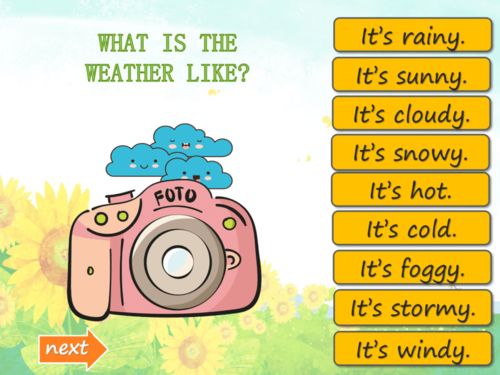Introduction to the English Game-Based Classroom

Game-based learning has become increasingly popular in educational settings, particularly in language classrooms. This approach leverages the engaging nature of games to enhance student motivation, participation, and language acquisition. In this article, we will explore the concept of a game-based English classroom, its benefits, and how to effectively implement it.
Benefits of Game-Based Learning

One of the primary advantages of incorporating games into the English classroom is the boost in student engagement. Games create a fun and interactive environment that can make learning more enjoyable and less monotonous. Here are some key benefits:
Increased Motivation: Games often have intrinsic rewards, such as points, badges, or leaderboards, which can motivate students to participate actively.
Enhanced Participation: Games encourage students to collaborate, communicate, and think critically, leading to a more interactive learning experience.
Improved Language Skills: Through role-playing, storytelling, and interactive dialogues, students can practice and improve their English language skills in a contextually relevant manner.
Adaptability: Games can be tailored to different learning styles and levels, making them a versatile tool for educators.
Types of Games for English Language Learning

There are various types of games that can be used in an English classroom. Here are some popular options:
Board Games: Classic board games like Scrabble or Pictionary can be adapted to include English language elements.
Video Games: Educational video games, such as language learning apps or interactive storybooks, can provide immersive experiences.
Role-Playing Games (RPGs): Students can engage in role-playing scenarios that require them to use English in real-life contexts.
Interactive Quizzes: Online platforms like Kahoot! or Quizizz allow for quick and engaging quizzes that reinforce vocabulary and grammar.
Language Learning Games: Dedicated language learning games, such as Duolingo or Memrise, can be integrated into the classroom for additional practice.
Implementing Game-Based Learning in the Classroom

Successfully implementing game-based learning in the English classroom requires careful planning and consideration. Here are some tips:
Choose the Right Games: select games that align with your curriculum goals and are appropriate for your students' age and proficiency levels.
Integrate with Curriculum: Ensure that the games complement your lesson plans and contribute to language learning objectives.
Set Clear Objectives: Define what you want students to achieve through the game, whether it's vocabulary expansion, grammar practice, or cultural understanding.
Monitor Progress: Keep track of student progress and adjust the games accordingly to ensure they are meeting their learning goals.
Encourage Collaboration: Design games that promote teamwork and communication, fostering a collaborative learning environment.
Conclusion

Game-based learning offers a dynamic and engaging way to teach English. By incorporating games into the classroom, educators can create a more interactive and enjoyable learning experience for their students. With careful planning and implementation, game-based learning can significantly enhance language acquisition and student engagement.
Tags

English Language Learning, Game-Based Learning, Classroom Activities, Interactive Education, Teaching Strategies
